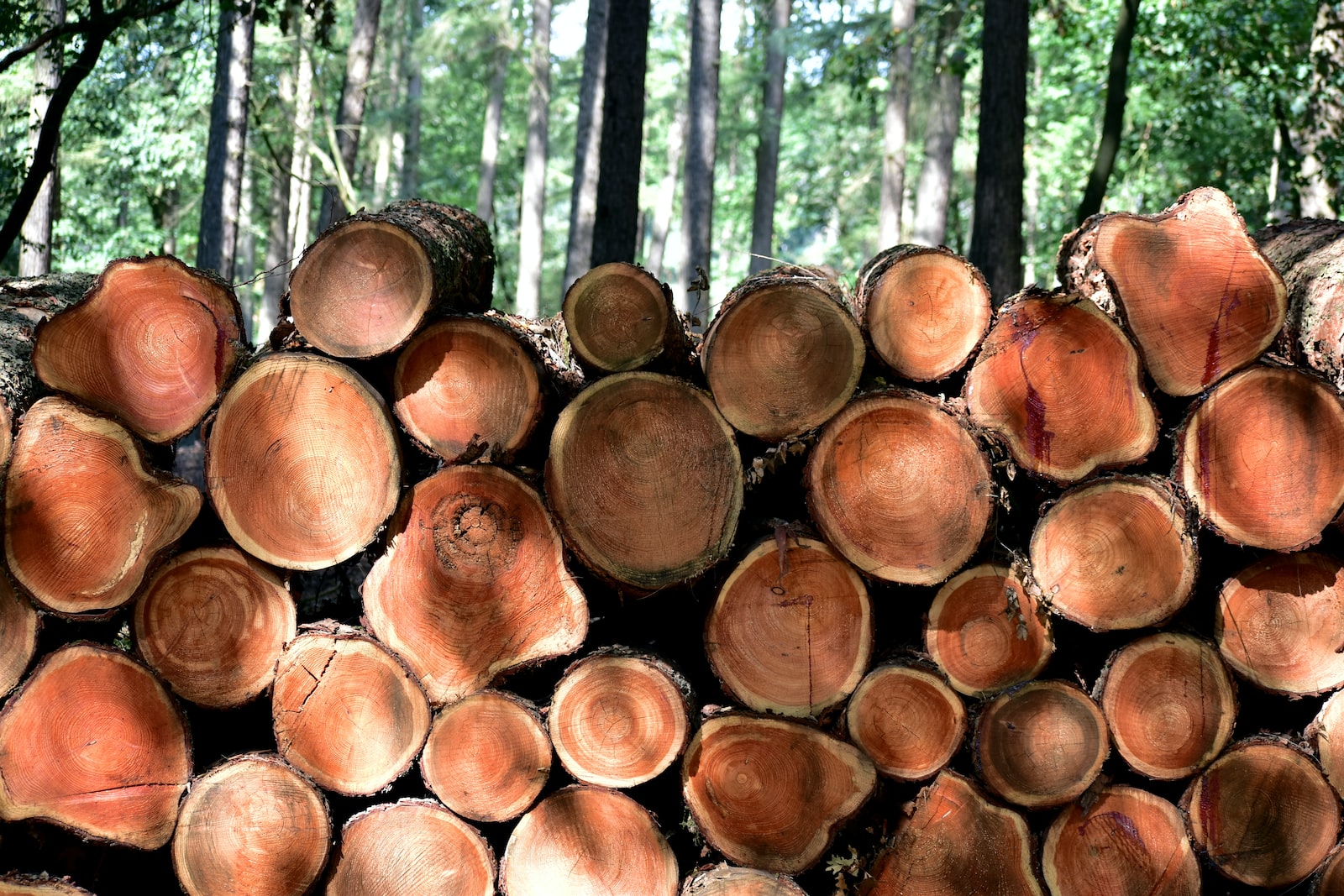- Plant cells have a similar basic structure to animal cells, but with some additional organelles and features specific to plants.
- Plant cells are eukaryotic cells that contain a nucleus and other membrane-bound organelles.

- The following are the main components of a plant cell:
- Nucleus: The control centre of the cell, containing genetic material (DNA) that regulates cellular activities.
- Cytoplasm: The jelly-like substance that fills the cell, where various organelles are suspended.
- Cell Membrane: A thin, flexible barrier that surrounds and protects the cell. It is made up of lipids and proteins and regulates the movement of materials in and out of the cell.
- Ribosomes: Small organelles that are responsible for protein synthesis. They can be found free in the cytoplasm.
- Mitochondria: The powerhouse of the cell, producing energy (ATP) through cellular respiration. It has a double membrane and its own DNA.
- Cell Walls: A rigid layer outside the cell membrane that provides support and protection to the cell.
- Permanent Vacuole: A large, fluid-filled organelle that stores water, nutrients, and waste products.
- Plant cells are surrounded by a rigid cell wall made of cellulose that gives them structural support and protection.
- Chloroplasts, which are unique to plant cells, are organelles that contain chlorophyll and are responsible for photosynthesis.
- Plant cells have a large central vacuole that stores water, nutrients, and waste products.
- The cytoplasm of plant cells contains specialized organelles called plastids, which include chloroplasts, chromoplasts, and amyloplasts.
- Mitochondria in plant cells are responsible for energy production through cellular respiration.
- Plant cells have unique organelles called peroxisomes that are involved in various metabolic processes, including the breakdown of fatty acids and amino acids.
- Plant cells also have a cytoskeleton, which is a network of protein fibres that provides structural support and helps with cell division and movement.
- Plasmodesmata are channels that connect adjacent plant cells, allowing for the exchange of nutrients, signals, and other molecules.
- Some plant cells have specialized structures, such as trichomes, which are hair-like outgrowths that help protect the plant from herbivores and environmental stresses.




